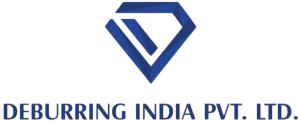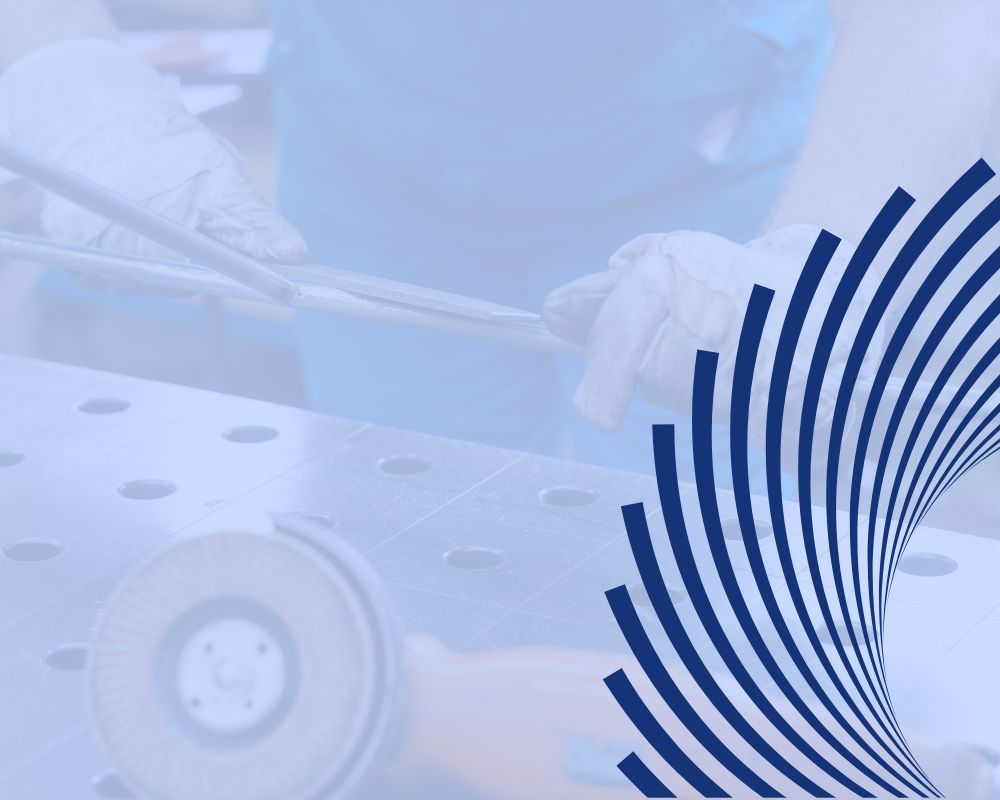Common Deburring Challenges and How to Overcome Them.
The process of deburring plays a crucial role in achieving high-quality surface finishes and ensuring the functionality of parts in various industries. However, deburring can come with its fair share of challenges that need to be addressed for optimal results. In this blog post, we will explore some common deburring challenges and provide practical solutions to overcome them, empowering you to enhance your deburring process.
Burr Detection
Identifying and detecting burrs accurately is a fundamental challenge in the deburring process. Undetected burrs can compromise the performance and quality of the finished product. To overcome this challenge, consider implementing automated inspection systems that use visual or tactile methods to detect burrs effectively. These systems can save time and improve accuracy, ensuring all burrs are identified and removed before further processing.
Complex Part Geometries
Parts with intricate and complex geometries pose a significant challenge for deburring. Traditional deburring methods may not effectively reach all areas, resulting in inconsistent finishes or incomplete burr removal. To overcome this challenge, explore innovative deburring tools such as flexible deburring brushes or abrasive media that can conform to complex part contours. Additionally, designing parts with deburring in mind, such as incorporating chamfers or radii, can simplify the deburring process.
Efficient Deburring of Delicate Components
Delicate or sensitive components require a gentle yet effective approach to avoid damage during the deburring process. One solution is to utilise deburring brushes with softer bristles or abrasives that are suitable for delicate materials. Additionally, employing precision-controlled deburring equipment, such as robotic systems, can ensure consistent and gentle deburring while maintaining the integrity of fragile parts.
Ensuring Consistent Results
Consistency in deburring results is vital to meet quality standards and maintain productivity. To achieve consistent results, establish well-defined deburring procedures and train operators accordingly. Implementing process control measures, such as using standardised deburring tools and monitoring critical parameters like brush speed, pressure, and media flow, can help maintain consistent deburring outcomes. Regularly inspecting and maintaining deburring equipment also contributes to reliable results.
Conclusion
Deburring challenges can hinder the efficiency and effectiveness of the deburring process if not addressed properly. By understanding and overcoming these challenges, you can enhance your deburring process, achieve superior surface finishes, and ensure the functionality of your parts. Employing automated burr detection, utilising specialised tools for complex geometries, adopting gentle deburring techniques for delicate components, and maintaining consistent procedures will empower you to overcome common deburring challenges successfully.
Remember, each deburring application may have its unique set of challenges, so it’s important to assess and tailor the solutions to your specific needs. By implementing these practical strategies, you can optimise your deburring process, enhance productivity, and deliver exceptional quality in your finished products.


